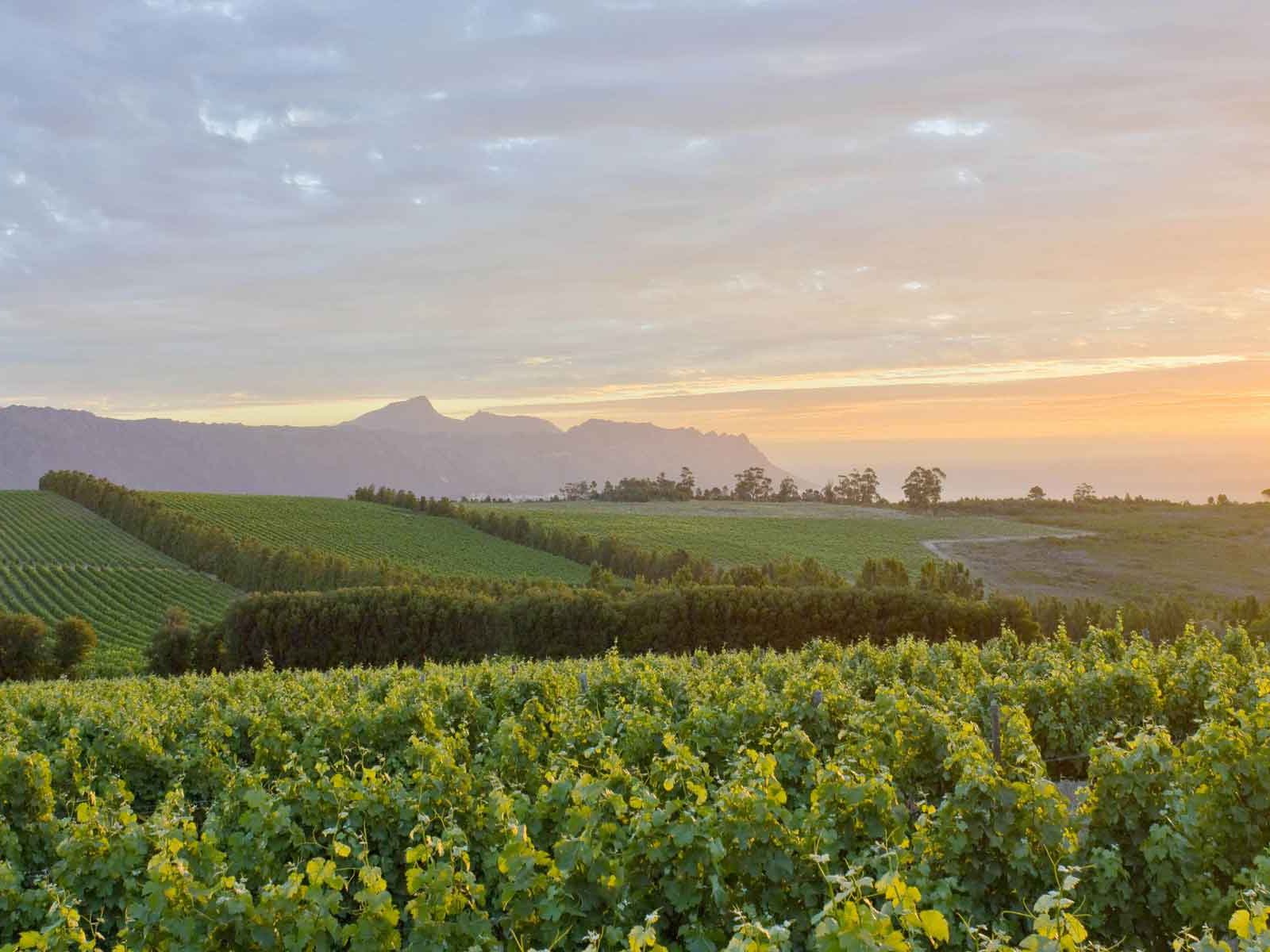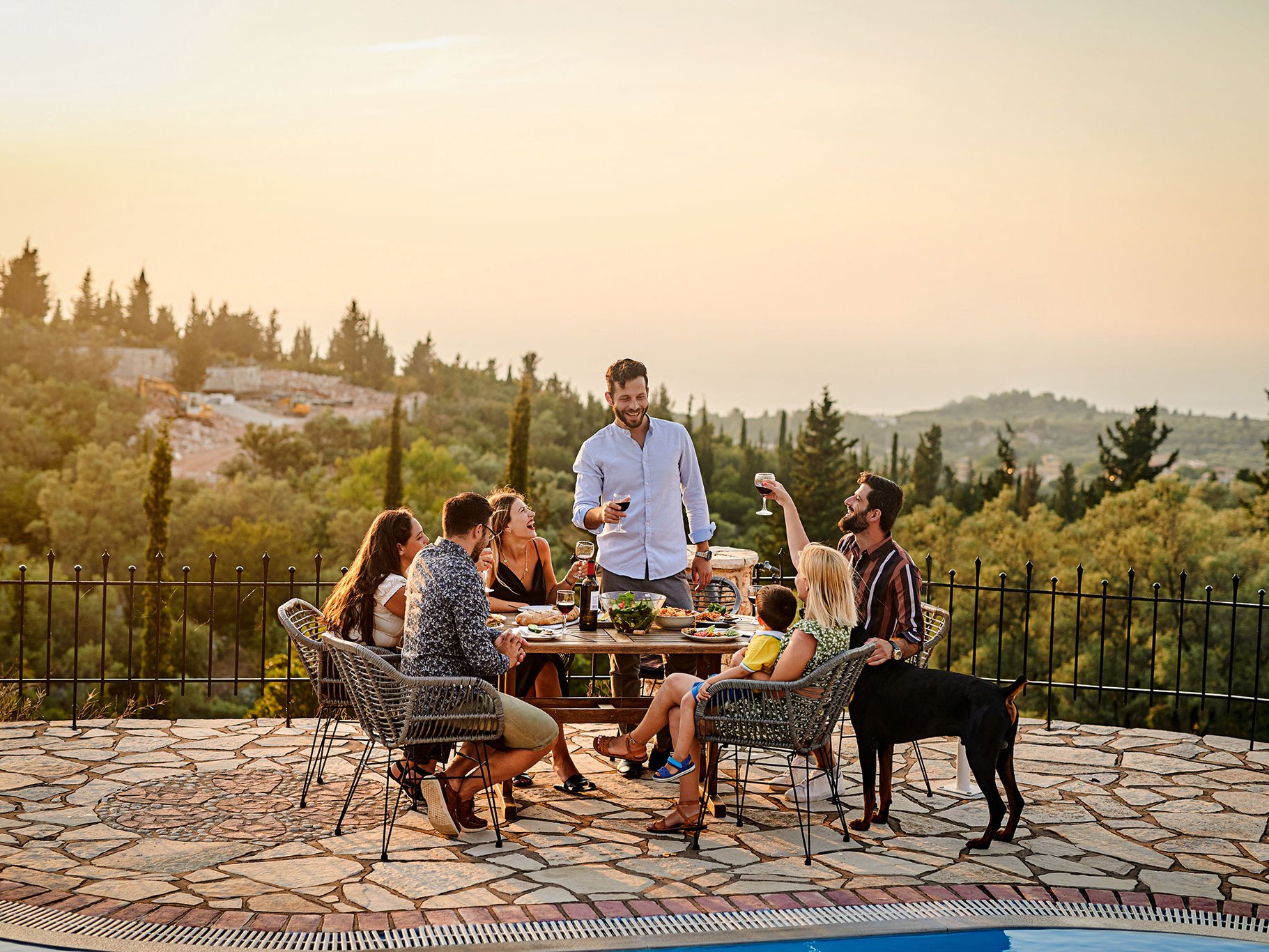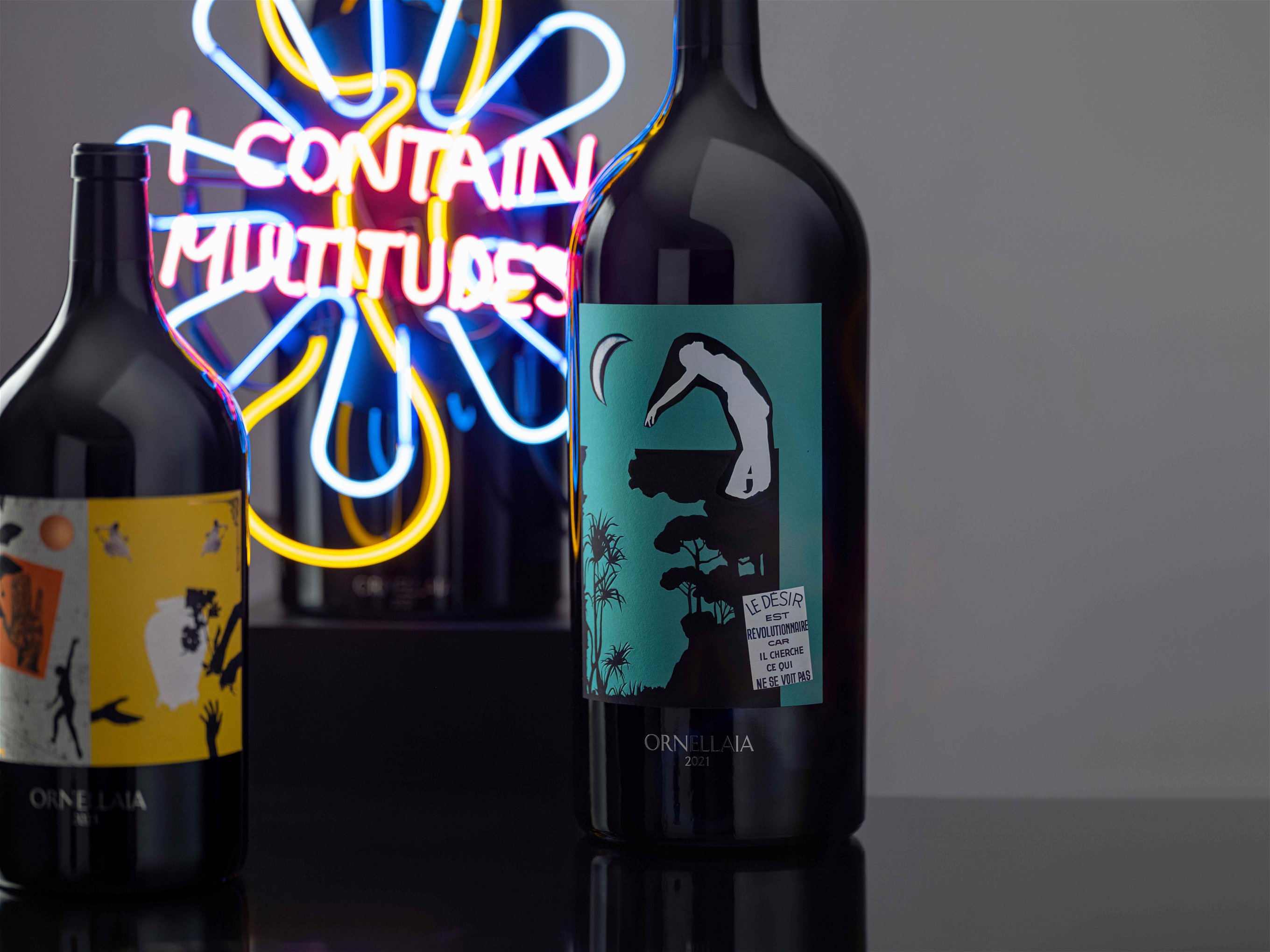Kanonkop Black Label Pinotage Debuts Every Vintage for First Time
Kanonkop from Stellenbosch, South Africa, assembled an inaugural complete vertical of every vintage of Black Label Pinotage ever made. Falstaff got to taste the line-up.
“I wanted to show people what old vine Pinotage tasted like,” said Abrie Beeslaar, winemaker at Kanonkop, as he introduced the first ever complete vertical tasting of Kanonkop’s Black Label Pinotage which he first made in 2006. Sourced from a single block of old vines planted in 1953, Kanonkop’s Black Label Pinotage is a homage to a grape variety that has struggled to be taken seriously as a fine wine.
From the soil up
Created as a crossing between Cinsault and Pinot Noir in 1924, Kanonkop first bottled Pinotage under its own label in 1973. Johann Krige, who is the fourth generatioin to run the estate with his brother Paul, noted that he never “believed in a winemaker’s reserve, selection or family reserve,” and thus the old-vine Pinotage always formed part of the estate Pinotage. He was happy, however, to be convinced otherwise by his winemaker Beeslaar. “My idea at the beginning was that this wine is unique and different, not necessarily better than the Pinotage we were making at the time, and it was also connected to the age of the wines,” Beeslar said about the fruit from these dry-farmed bushvines which at the time were just over 50 years old. “It is the only vineyard we have on a northern slope; it is one of the lowest lying vineyards – all the rest are higher up and southwest-facing, which gives Black Label its own identity.”
Initially 1,000 bottles of the wine were filled separately in 2006 – and they continued bottling separately in 2007 and 2008. “And then we realised we were onto something,” Beeslar said. “The other thing I really like is the way that this has evolved and developed. It has happened from the soil upwards, it was the vineyard that showed me what I should do, this is the root of Black Label.”
A "challenging bugger"
Pinotage has had a chequered history: Internationally it was not that well received – and not as a fine wine, but as Beeslar said, “there were only a few people like Beyers [Beyers Truter, his predecessor at Kanonkop] who stuck with Pinotage. In the 1980s there were almost no plantings. A lot of plantings were also affected by leafroll virus which Beeslaar said was “a reality in South Africa.” This left many Pinotage wines with an acrid, rubber-like smell and did nothing to popularise the variety. On top of that, Beeslaar said, “Pinotage is a challenging bugger: The variety has the highest pH, it is the fastest ripening, the fastest fermenter.” The high pH level – which can make a wine microbially unstable – means that the wines almost always have to be acidified. Beeslar, however, is also convinced that Pinotage shows traits of its varietal parents: the juiciness of Cinsault and the aromatic red fruit of Pinot Noir.
Making Black Label
The Black Label wines – which are all aged in up to 80% new oak – Beeslaar said, are “much more about structure.” He explained that due to its fast ripening, Pinotage rarely ended up with perfect phenolic ripeness, so managing extraction is key to making a wine that does not have bitter flavours. He thus uses open fermenters and punch downs are manual. This way he achieves “maximum extraction in the right timeframe. When the ferment still is a water-based solution you are going to extract a lot more colour and mid-palate structure, towards the end of fermentation [when more alcohol is present, which is a solvent] you have to be very careful not to extract the negative part of the skins. The open top fermenters give us the opportunity to extract what we want.”
The tasting
To set the stage, two vintages of the Estate Pinotage were tasted, 2012 and 2019, just to show how the wine evolves – and if anyone fears that this variety cannot age, the 2012 vintage was in beautiful shape. The Black Label wines were strikingly different in each vintage from 2006 to 2018. Beeslaar explained that 2009 was never released as problems with the cooling system led to the wine developing volatile acidity. He also noted advances in the cellar, like the introduction of optical sorting in 2016. Each year, between 7,000 and 8,000 bottles are made from this old block, which, depending on vintage, has many faces.













